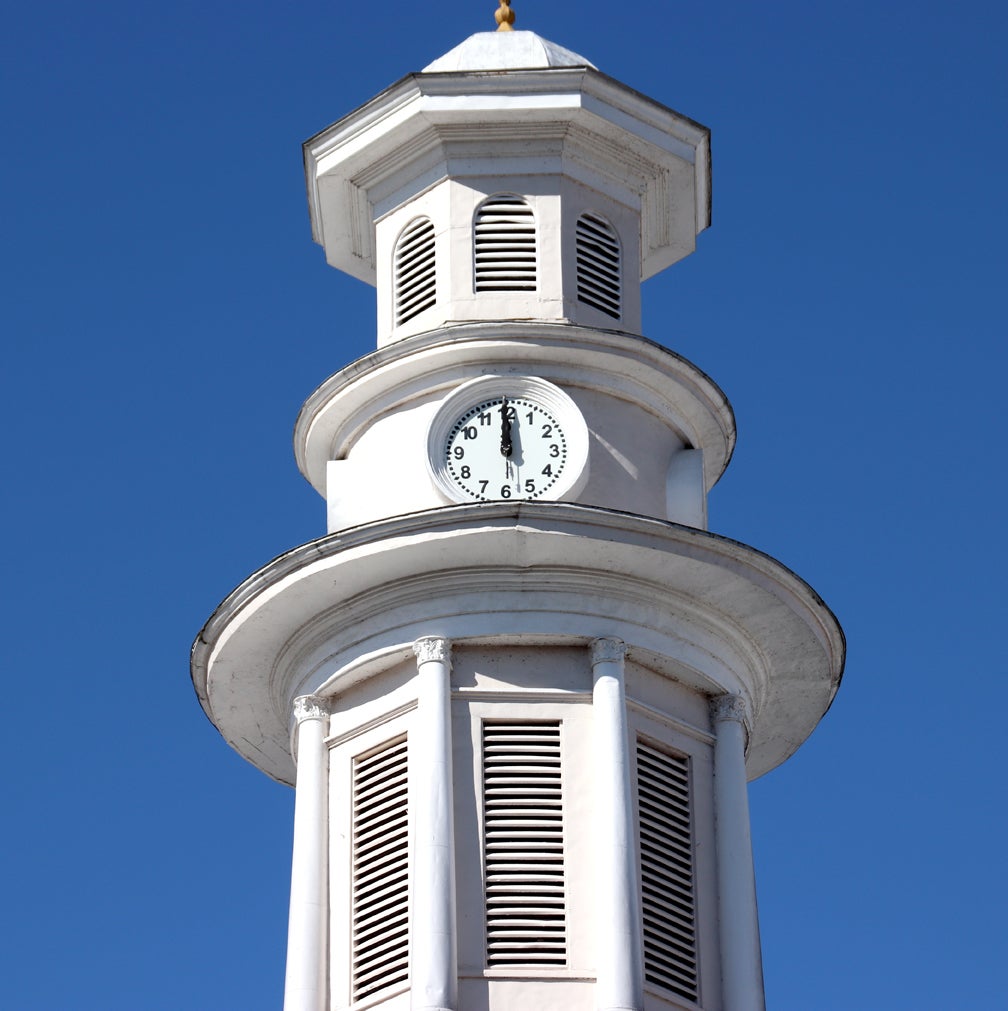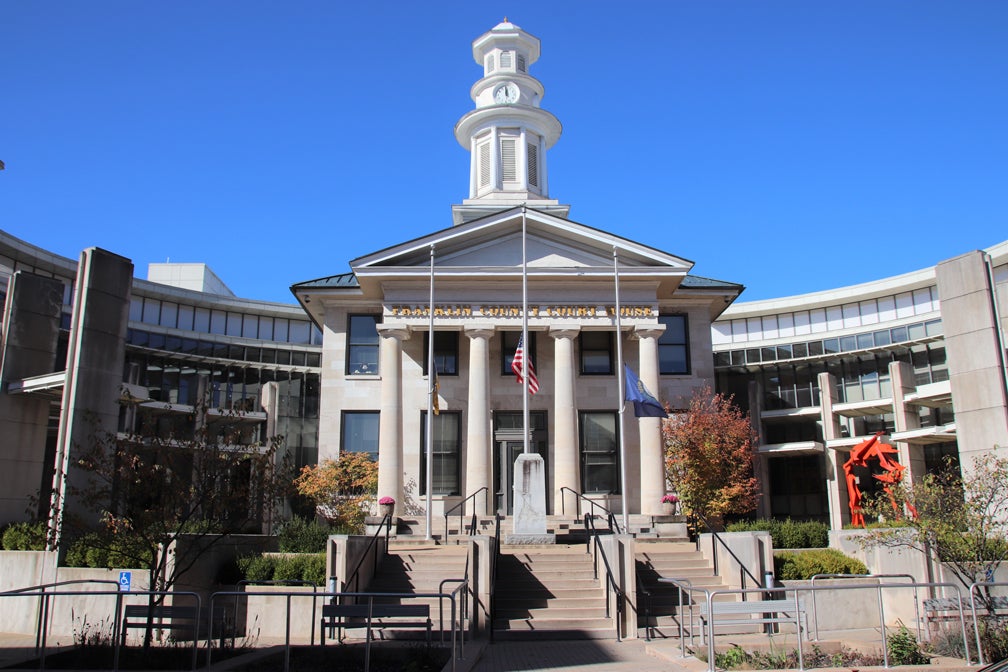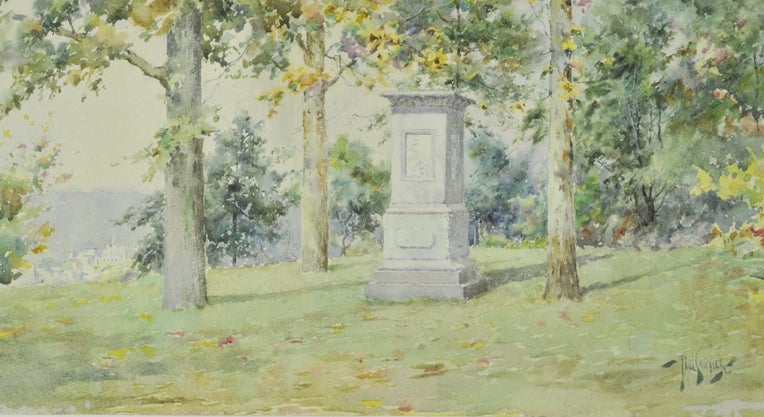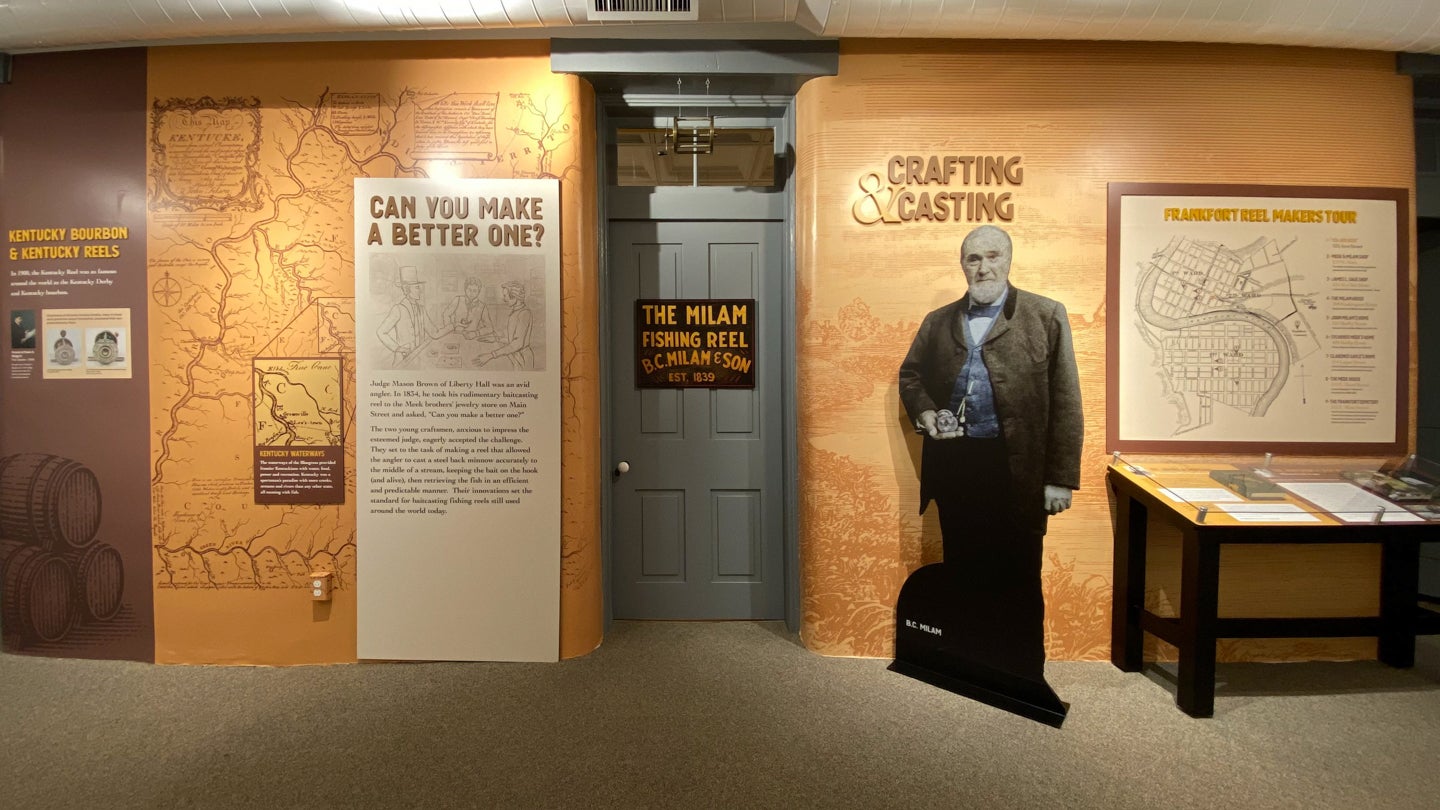On a day when it was announced that the president will speak to the nation from the White House in a televised broadcast at noon, we in Frankfort expect to sit in our houses and watch it at noon. Likewise, when it is said that the Oscar Award ceremony will be broadcast live from Hollywood at 6 p.m. (PST), we in Frankfort understand that means the show will start at 9 p.m. (EST), which is our local time.
We all know and accept that there are four time zones in the Continental United States — Eastern, Central, Mountain and Pacific. However, time in the United States was not always regulated in this manner. In 1860, each village or city in the United States decided when it was noon. Today Kentucky enjoys two noons, Eastern and Central Time zones, in 1860, Kentucky experienced 16 noon times as the sun moved across the sky.
In 1860 when it was noon in Washington, D.C. it was 12:12 p.m. in New York, 11:48 a.m. in Pittsburgh, 11:35 a.m. in Ashland, 11:31 a.m. in Lexington, 11:30 a.m. in Frankfort, 11:26 a.m. in Louisville, 11:21 a.m. in Bowling Green, and 11:18 a.m. in Paducah. Needless to say, trying to put together a railroad schedule to let people know when a train was arriving or leaving from any town in the United States or just within Kentucky was a task.
The matter of what time it was became even more important when the railroads began to operate their trains by Train Order, which, as an example, called for the train from Lexington to meet the train from Louisville at 11:30 a.m. at Jett. Confusion over what time the trains were to meet at this or that place resulted in numerous Corn Field Meets, that brought destruction of property and injury and death to passengers.
Starting in 1879, William Frederick Allen, secretary of the General Time Convention and managing editor of the Travellers’ Official Guide to the Railways, began to work on developing uniform time zones within the United States and Canada, based upon economic connections.
At the time he started his study, the railroads of the United States incorporated into their time tables 50 different noons. These 50 noons were known as Railroad Time Zones. In 1880, Allan proposed that the 50 Railroad Time Zones be reduced to four — Eastern, Central, Mountain and Pacific.
In early 1883, all the major railroads within the United States agreed to adopt Allen’s proposed four time zones for the purposes of issuing timetables. The railroad companies agreed to Allen’s proposal for they understood that once adopted there would no longer be any doubt as to when it was noon anywhere in the United States. Under this proposal, cities and towns were free to keep their own noon time. Thus, was born God’s Time, local time and Railroad Time.
On Nov. 18, 1883, when the Naval Observatory in Washington, D.C., announced it was noon, all railroad station clocks were reset to Railroad Time. Thus, when it was noon in Washington, D.C., it was 11 a.m. Railroad Time in Frankfort. Yes, in 1883, all of Kentucky was in the Central Time Zone.
Frankfort was free to leave its local clocks set at 11:30 a.m. when it was noon in Washington, D.C., but a train that the Louisville & Nashville Railroad (L&N) Timetable said left Frankfort at 11:30 a.m. Railroad Time meant that it departed from the Broadway Depot at 12:30 p.m. God’s Time.
Since in the 1880s, all life in Frankfort centered around the railroad, merchants, professionals and the government slowly moved their office clock and pocket watch dials to Railroad Time. It was only in 1918 that the Federal Government, by act of congress, formally adopted Railroad Time as the time by which they would open and close their offices.
During the 1900s, the western boundary of the Eastern time zone slowly moved west. By 1940, Northern Kentucky and the Big Sandy Valley were both located in the Eastern Time Zone, with Frankfort still in the Central Time Zone. In 1961, the Eastern Time Zone again moved west to incorporate Louisville and Frankfort within its boundary. Thus, today Frankfort is on the same time as Washington, D.C.
Now there is one other facet of Railroad Time that needs to be discussed — Daylight Saving Time. By 1960, Railroad Time within Kentucky had become God’s Time and Daylight Saving Time was known as Railroad Time. I quickly learned during the 1960s and the 1970s that when I traveled through Kentucky to attend a meeting, I needed to ask beforehand if the meeting was scheduled for God’s Time or Railroad Time.
Frankfort by the way was on Railroad Time. One would find that while the county seat was on Railroad Time, the county was on God’s Time. Or what was even more confusing was finding that the county judge was operating on Railroad Time, but the County Clerk was conducting business on God’s Time.
Today, you will occasionally hear some old timer refer to Daylight Saving Time as Railroad Time and you now know why.
The Capital City Museum is always interested in railroad, bus and interurban timetables that feature Frankfort.












